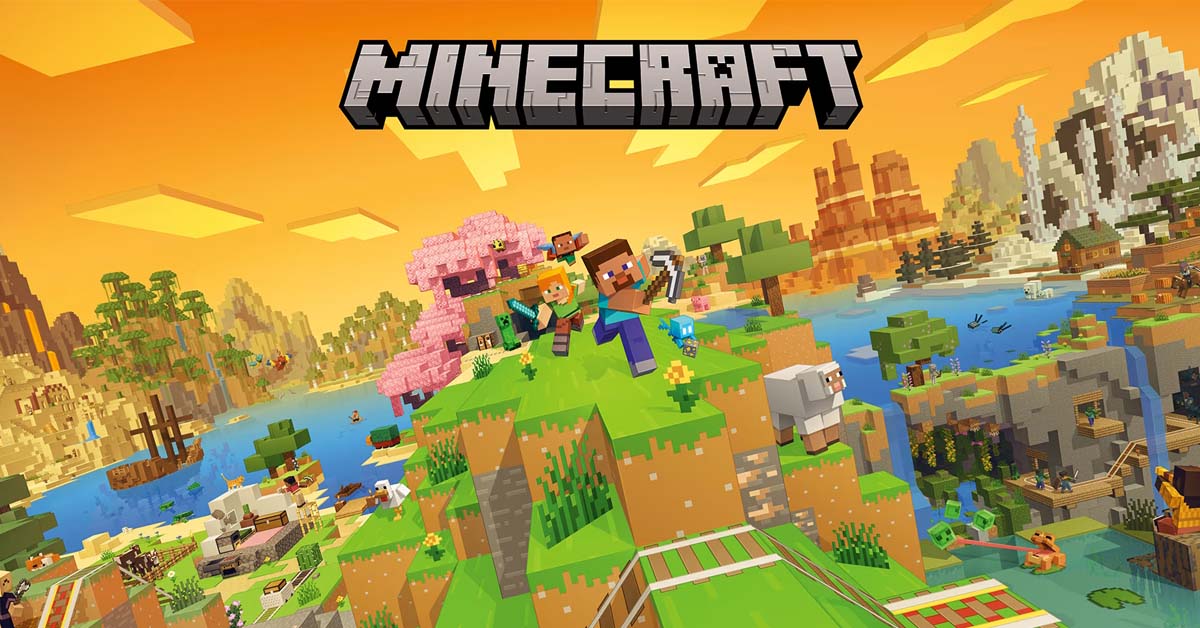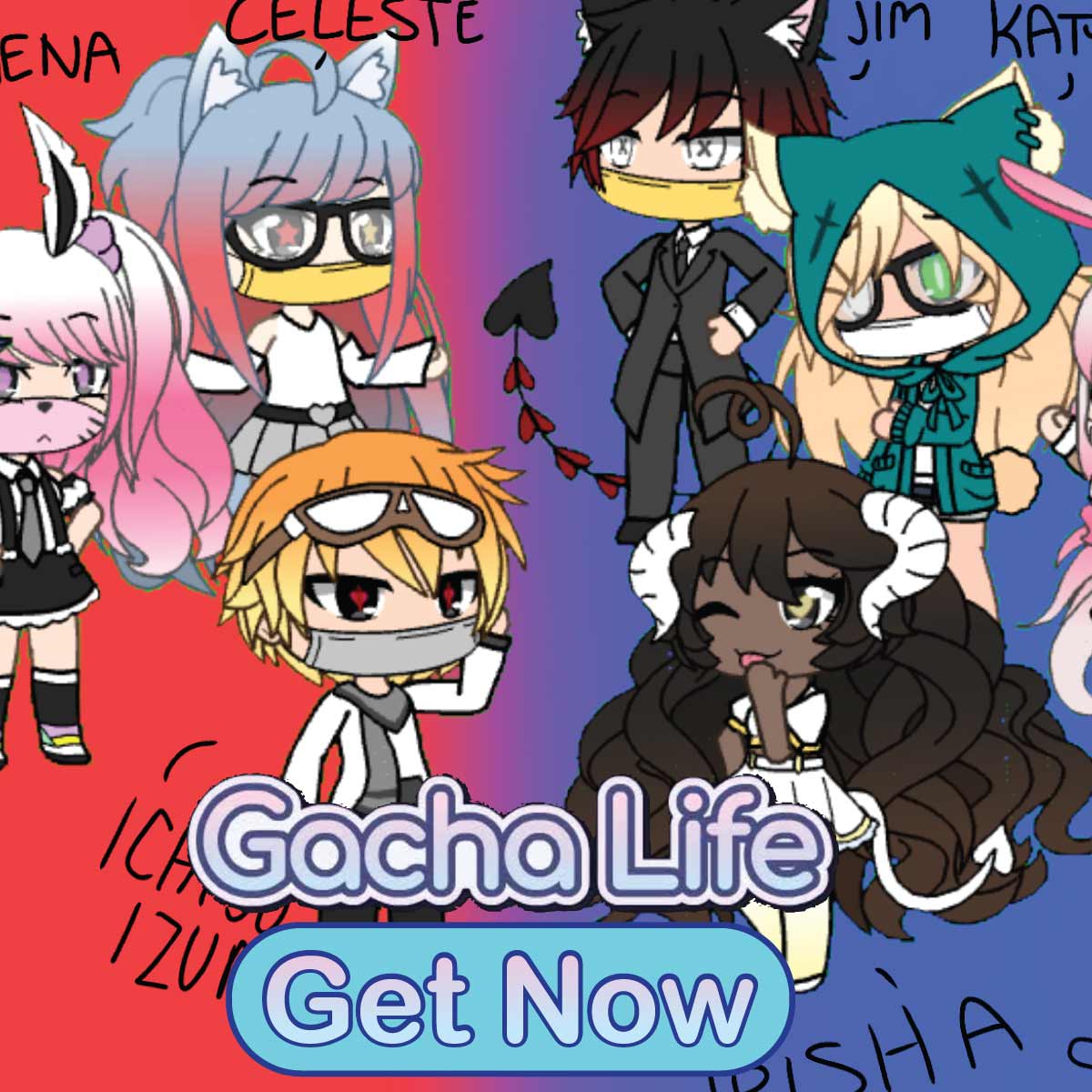FIFA 23: A Comprehensive Retrospective on EA's Swan Song
FIFA 23, released in September 2022, holds a unique and somewhat bittersweet place in the annals of football gaming. It marked the culmination of a nearly three-decade partnership between Electronic Arts and FIFA, a collaboration that defined the virtual beautiful game for generations. As the final installment to bear the iconic "FIFA" name from EA, it was burdened with immense expectations: to deliver a fitting farewell, to innovate sufficiently to justify its existence, and to set the stage for EA Sports FC. Looking back, FIFA 23 was a complex beast, a game of undeniable strengths and persistent frustrations, a microcosm of the series' journey itself.
The Dawn of a New Era (and the End of an Old One): Pre-Release Hype and Expectations
The announcement that FIFA 23 would be the last EA-developed FIFA game sent ripples through the gaming and football communities. For years, the annual FIFA release was a ritual, a guaranteed sales juggernaut, and a constant topic of debate among fans. With the impending divorce, the pre-release hype for FIFA 23 was tinged with a sense of finality. Players wondered if EA would pull out all the stops for their grand finale, or if the looming separation would lead to a more conservative, "business as usual" approach. Expectations were high for significant gameplay refinements, a robust Ultimate Team experience, and perhaps even a nod to the series' legacy. The marketing heavily emphasized HyperMotion2, promising an unprecedented level of realism and fluidity in player movement. Cross-play was another major talking point, a feature long requested by the community that finally seemed to be coming to fruition. There was a palpable sense of anticipation, not just for a new FIFA game, but for a historical artifact in the making.
HyperMotion2: The Core Technological Leap
At the heart of FIFA 23's marketing and, arguably, its identity, was HyperMotion2. This enhanced motion capture technology, building upon the original HyperMotion introduced in FIFA 22, aimed to deliver a more authentic and responsive on-pitch experience. EA boasted of capturing "millions of frames" of real-world football data, translating into more fluid animations, realistic player interactions, and intelligent AI movement.
The Promise of Unprecedented Realism
HyperMotion2 promised to bridge the gap between virtual and real football. The idea was that every touch, every tackle, every dribble would feel more organic, less scripted. This was a significant undertaking, as previous iterations of FIFA had often been criticized for their somewhat robotic player movements and predictable animations. The vision was to create a living, breathing football match, where the nuances of player behavior were accurately reflected.
The Reality: A Mixed Bag of Innovation and Familiarity
Upon release, HyperMotion2 proved to be a genuinely impactful addition, though perhaps not the revolutionary leap some had hoped for. Players immediately noticed the improved fluidity in general movement, particularly in close-quarters dribbling and defensive jostling. The new animation sets for shooting and passing felt more diverse and less repetitive. However, the impact was more pronounced on next-gen consoles (PlayStation 5, Xbox Series X/S) due to the greater processing power required to render the intricate animations. On older generation consoles, the improvements were less dramatic, leading to a disparity in the gameplay experience. While HyperMotion2 certainly contributed to a more visually appealing and, at times, more realistic game, it didn't completely eradicate the underlying "FIFA-isms" that veteran players had come to expect.
Gameplay Refinements: More Than Just Animations
Beyond HyperMotion2, FIFA 23 introduced a host of other gameplay tweaks and additions, aiming to refine the core footballing experience. These changes touched upon various aspects of the game, from set pieces to defensive mechanics, and were designed to offer both new challenges and more strategic depth.
Power Shots and AcceleRATE: New Offensive Tools
Two of the most talked-about new gameplay mechanics were Power Shots and AcceleRATE. Power Shots were a high-risk, high-reward shooting mechanic, requiring precise timing and a momentary wind-up but offering a significantly increased chance of scoring a spectacular goal. AcceleRATE, on the other hand, introduced distinct player acceleration types (Explosive, Controlled, Lengthy), providing more tactical depth to player selection and team building.
Set Piece Overhaul: A Fresh Approach to Dead Ball Situations
FIFA 23 completely overhauled its set piece system, a move that was met with both praise and apprehension. Corner kicks and free kicks were given new aiming mechanics, moving away from the more automated systems of previous games towards a more manual, skill-based approach. This required players to relearn these fundamental aspects of the game, adding a layer of complexity but also offering greater control and variety in dead ball situations. The new system allowed for more creative set-piece routines, but also a steeper learning curve.
Defensive Enhancements and Goalkeeper AI
Defensive AI saw some improvements, with defenders exhibiting more intelligent positioning and tackling animations. Goalkeeper AI also received an upgrade, with new save animations and more reactive decision-making, though occasional bizarre errors still persisted, much to the chagrin of players. The balance between offense and defense remained a constant point of contention throughout the game's life cycle.
Ultimate Team: The Unstoppable Juggernaut Continues
Ultimate Team (FUT) remained the undisputed king of game modes in FIFA 23, continuing its reign as EA's most lucrative offering. With its addictive card-collecting mechanics, ever-evolving content, and competitive online play, FUT was once again the primary draw for millions of players.
World Cup Content and Campaign Integration
The timing of FIFA 23's release, coinciding with the 2022 FIFA World Cup, allowed for significant integration of World Cup-themed content into Ultimate Team. This included special player cards, themed objectives, and live events that mirrored the real-world tournament, providing a constant stream of fresh content and engagement opportunities. This proved to be a highly successful strategy, capitalizing on the global excitement of the World Cup.
Chemistry System Overhaul: A Divisive Change
One of the most significant and debated changes to Ultimate Team in FIFA 23 was the complete overhaul of the chemistry system. Gone were the traditional linking lines between players; instead, chemistry was based on a star-based system, with players contributing chemistry points to a team pool based on their league, nation, and club. This change was designed to offer more squad building flexibility, allowing for more diverse team compositions without sacrificing chemistry.
Pros of the New Chemistry System:
- Greater flexibility in squad building: Players could integrate more disparate leagues and nations into their teams without severely penalizing chemistry.
- Reduced reliance on specific strong links: This allowed for more creative team compositions and encouraged experimentation.
- More accessible for new players: The visual representation of chemistry was arguably simpler to understand.
Cons of the New Chemistry System:
- Loss of tactical depth: Some felt the removal of direct links made squad building less intricate and strategic.
- Less emphasis on real-world football connections: The system felt less tied to actual team dynamics.
- Initial confusion for veteran players: Many found the new system unintuitive at first, requiring a period of adjustment.
FUT Moments and FUT 23 Milestones: New Ways to Play and Earn
FIFA 23 introduced FUT Moments, a new single-player mode offering bite-sized challenges based on historical or fictional football scenarios. These moments provided a quick and engaging way to earn stars, which could then be exchanged for packs and players. This was a welcome addition for players who preferred a more casual or solo experience within FUT. Alongside this, new Milestones offered long-term objectives for players to work towards, providing a sense of progression beyond the weekly content drops.
Career Mode and Pro Clubs: Steady, But Not Revolutionary
While Ultimate Team received the lion's share of attention and new features, Career Mode and Pro Clubs, two long-standing pillars of the FIFA experience, also saw some refinements in FIFA 23. However, these updates were largely iterative rather than revolutionary, leading to mixed reactions from their dedicated fanbases.
Career Mode: Managerial and Player Career Enhancements
Career Mode continued to offer both Manager Career and Player Career paths. For managers, new playable highlights were introduced, allowing players to jump into key moments of a match rather than playing the full 90 minutes. This was a welcome addition for those looking to speed up their seasons. Transfer realism was also tweaked, with more nuanced negotiation options and improved AI decision-making. In Player Career, new "Personality" traits and "Off-Pitch Activities" were added, aiming to give players more control over their virtual footballer's development and life outside of matches. While these additions were appreciated, many fans still yearned for a deeper, more immersive career experience that felt truly dynamic and responsive to their decisions.
Pro Clubs: Cross-Play and Drop-In Improvements
Pro Clubs, the 11v11 online team play mode, finally received cross-play functionality in FIFA 23, albeit limited to same-generation consoles (PS5 with Xbox Series X/S, and PS4 with Xbox One). This was a massive step forward, addressing a long-standing request from the community and greatly improving matchmaking times and the overall accessibility of the mode. Drop-in matches also saw some quality-of-life improvements, aiming to make it easier for solo players to find a game. Despite these positive changes, some community members still felt that Pro Clubs lacked the attention and innovative features seen in other modes, particularly compared to Ultimate Team.
The Women's Game Takes Center Stage
FIFA 23 marked a significant step forward for women's football in the game, with the inclusion of women's club teams for the first time in the series' history. This was a highly anticipated and widely praised addition, reflecting the growing prominence and popularity of women's football globally.
Inclusion of WSL and D1 Arkema
The English Women's Super League (WSL) and the French Division 1 Féminine (D1 Arkema) were fully integrated into FIFA 23, allowing players to compete with their favorite women's club teams. This meant accurate player likenesses, team kits, and stadiums for these leagues, providing an authentic representation of the women's game. This was a crucial step towards greater inclusivity and representation within the FIFA franchise.
Dedicated Animations and Gameplay
To ensure an authentic experience, EA implemented dedicated HyperMotion2 capture for women's football, resulting in unique animations and movement styles that accurately reflected the nuances of the women's game. This commitment to detail was vital, ensuring that the inclusion of women's clubs was not merely a cosmetic addition but a genuinely well-realized part of the gameplay experience. This inclusion was widely seen as a significant positive, broadening the appeal of the game and showcasing the sport's diversity.
Presentation and Atmosphere: Immersive Matchday Experience
FIFA 23 continued to push the boundaries of presentation, aiming to deliver an immersive and authentic matchday experience. From broadcast overlays to crowd animations, the goal was to replicate the feeling of watching a real football match.
Broadcast Packages and Visual Fidelity
New broadcast packages for major leagues and competitions, including the UEFA Champions League and Premier League, added to the authenticity. The visual fidelity of player models, stadiums, and pitch details was also improved, particularly on next-gen consoles. The lighting engine and weather effects further enhanced the visual realism, contributing to a more dynamic and believable match environment.
Commentary and Crowd Dynamics
The commentary team received new lines and improved contextual awareness, although the repetitive nature of some phrases still drew criticism from long-term players. Crowd animations and audio dynamics were also enhanced, with more diverse chants and reactions adding to the atmosphere. The aim was to create a sense of palpable excitement and tension within the virtual stadium.
The Shadow of Monetization: Debates and Concerns
Despite its innovations and improvements, FIFA 23, like its predecessors, remained firmly entrenched in the ongoing debate surrounding monetization, particularly within Ultimate Team. The "pay-to-win" accusations and the prevalence of loot box mechanics continued to be a significant point of contention for many players and regulatory bodies.
Pack Probabilities and Ethical Concerns
The continued reliance on randomized player packs as a primary method of acquiring high-tier players in Ultimate Team fueled concerns about gambling-like mechanics. While EA provided pack probabilities, the opaque nature of how these probabilities translated into actual player acquisition remained a point of frustration for many. The ethical implications of encouraging spending on randomized rewards, particularly for younger audiences, continued to be a subject of intense scrutiny and regulatory debate in various countries.
The Grind vs. The Wallet: Player Progression
Players consistently felt the tension between "the grind" (spending significant time playing the game to earn in-game currency and rewards) and "the wallet" (spending real money on FIFA Points to acquire packs). While EA introduced more ways to earn rewards through gameplay (e.g., FUT Moments, objectives), the fastest path to building a top-tier team often involved monetary investment, leading to a perceived imbalance and a sense of pressure for players to spend.
Post-Launch Support and Live Content
EA's commitment to post-launch support and live content updates was crucial for FIFA 23, especially for Ultimate Team. Regular content drops, title updates, and bug fixes were essential to maintaining player engagement and addressing community feedback.
Weekly Promos and Special Events
Throughout its life cycle, FIFA 23's Ultimate Team saw a consistent stream of weekly promotions, introducing new player cards, special themed squads, and objective-based challenges. These events kept the meta fresh and provided reasons for players to log in regularly. The integration of real-world football events, such as the World Cup, as well as seasonal promotions like Team of the Year (TOTY) and Team of the Season (TOTS), were highlights for the community.
Title Updates and Patches
EA regularly released title updates and patches to address gameplay issues, balance concerns, and fix bugs. While these updates often introduced new issues of their own, they demonstrated an ongoing commitment to refining the game experience based on player feedback and telemetry. The responsiveness to critical bugs and exploits was generally seen as adequate, though some persistent issues remained throughout the game's lifespan.
The End of an Era: FIFA 23's Legacy and Transition to EA Sports FC
FIFA 23 will forever be remembered as the final chapter in the storied EA Sports FIFA series. Its legacy is complex, marked by both innovative strides and familiar shortcomings. It was a game that tried to deliver a fitting farewell, while also laying groundwork for the future.
Pros of FIFA 23:
- HyperMotion2 (Next-Gen): Tangible improvements in animation fluidity and realism.
- Cross-Play: A highly requested and impactful addition for online modes.
- Women's Club Teams: A significant step forward for inclusivity and representation.
- Ultimate Team Content: Consistent and varied live content kept the mode engaging.
- Power Shots & AcceleRATE: Added new tactical layers to offensive play.
- Refined Set Pieces: Offered more control and variety, though with a learning curve.
Cons of FIFA 23:
- Monetization Concerns: Persistent issues with loot box mechanics and "pay-to-win" perceptions in FUT.
- Career Mode/Pro Clubs: Improvements were incremental rather than revolutionary, leaving some fans wanting more.
- HyperMotion2 (Last-Gen): Less impactful on older consoles, leading to a disparity in experience.
- Server Stability/Connectivity: Occasional issues, particularly around peak times.
- Familiar Bugs: Some long-standing glitches and frustrations from previous FIFAs remained.
- Balance Issues: The meta of Ultimate Team could at times feel unbalanced, favoring certain playstyles or player types.
Rating: 7.8/10
FIFA 23 was a solid entry in the series, a fitting if not flawless swan song. It introduced meaningful technological advancements, particularly on next-gen consoles, and made commendable strides in expanding the women's game. However, it also carried the baggage of the series' past, with familiar frustrations regarding monetization and the iterative nature of its non-FUT modes. It was a game caught between honoring its legacy and looking towards a new, independent future. As the final "FIFA" title from EA, it served its purpose, delivering a comprehensive football simulation that, despite its flaws, provided countless hours of entertainment for millions. Its true legacy will be debated for years to come, as players compare it to the forthcoming EA Sports FC and reflect on the end of an era.
The Road Ahead: From FIFA to EA Sports FC
With FIFA 23 concluded, the attention immediately shifted to EA Sports FC, the spiritual successor that launched in 2023. FIFA 23 effectively served as a bridge, incorporating some of the foundational technologies and gameplay philosophies that would be carried over into the new franchise. The decision to part ways with FIFA was a bold one for EA, signaling a desire for greater creative freedom and control over their football simulation. The groundwork laid in FIFA 23, from HyperMotion2 to the refined gameplay mechanics and the expanded focus on women's football, undeniably informed the development of EA Sports FC, ensuring a sense of continuity despite the name change. The final EA FIFA game was not just a standalone title; it was a significant waypoint in the evolution of virtual football.
A Look Back at the Series' Evolution Through FIFA 23's Lens
FIFA 23, in many ways, encapsulated the journey of the entire FIFA series under EA's stewardship. It showcased the impressive technological advancements EA had achieved over nearly 30 years, from rudimentary pixelated players to highly realistic motion-captured athletes. It demonstrated the unparalleled success of Ultimate Team, a mode that transformed the sports gaming landscape. Yet, it also highlighted the persistent criticisms: the annual iterative updates, the reliance on monetization, and the occasional stagnation of other beloved game modes. The game's strengths lay in its sheer breadth of content, its polished presentation, and its ability to capture the drama and excitement of football. Its weaknesses often stemmed from the inherent challenges of annual releases and the business model built around Ultimate Team. FIFA 23 was not just a game; it was a testament to the immense power of a global brand and the complex relationship between a developer, a sport, and its passionate fanbase.
Conclusion: A Fond Farewell to an Icon
FIFA 23 stands as a significant marker in the history of football video games. It was the last dance for a partnership that shaped an entire genre, a game that simultaneously celebrated its heritage and hinted at a new beginning. While not without its imperfections, it delivered a robust and engaging football simulation, particularly with its advancements in HyperMotion2 and the commendable inclusion of women's club teams. Its legacy is one of both innovation and familiarity, a final curtain call that leaves players with a sense of bittersweet nostalgia for the "FIFA" era. As the football gaming landscape continues to evolve, FIFA 23 will be remembered as the culmination of an extraordinary journey, a testament to the enduring appeal of the beautiful game, both on and off the virtual pitch.



























